Results
-
 £49.95
£49.95Crazy for Cartoons - Robert Sheldon
Not so long ago, a visit to any motion picture show always started with a classic cartoon that preceded the main event. These wonderful, wacky animated short features were accompanied by some of the most creative music of its time. "Crazy for Cartoons" reminds us of those simpler days, and the humor, drama, and action that were musically represented in those incredible soundtracks. Correlates to Book 2, Level 3 of . (2:09) This title is available in MakeMusic Cloud.
Estimated dispatch 3-5 working days
-
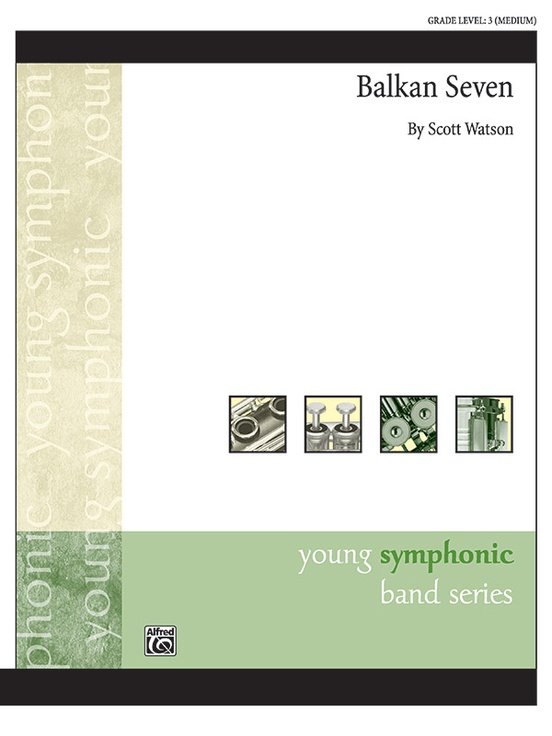 £66.95
£66.95Balkan Seven - Scott Watson
"Balkan Seven" gets its inspiration from the lively dances of the Balkan region of Southeastern Europe encompassing Greece, Bulgaria, Macedonia, Serbia, and Croatia. 7/8 is the most popular uneven dance rhythm in all of Balkan music, especially in Macedonia, where a line dance with a 3+2+2 subdivision is prevalent.
Estimated dispatch 3-5 working days
-
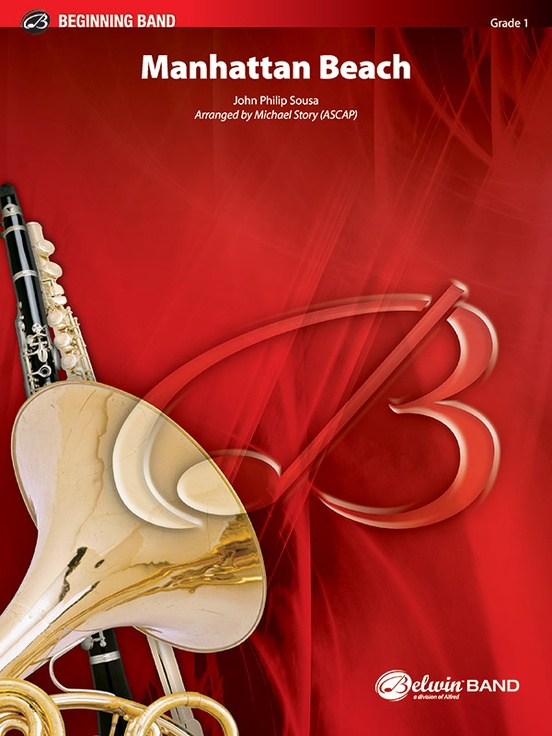 £55.50
£55.50Manhattan Beach - John Philip Sousa / arr. Michael Story
Although John Philip Sousa is stereotyped as a march writer, he composed music in many forms. But, of course, it's his marches that have brought his name to millions of performers and listeners the world over. Of the hundreds of marches he wrote, many are still among the most performed of the medium. Michael Story has chosen this classic Sousa work and removed the technical difficulties so it can be enjoyed by even the youngest ensemble or band. Relish this music of the "March King"! (1:23)
Estimated dispatch 3-5 working days
-
 £64.50
£64.50Selections from Leroy Anderson's
, by the dean of American light music, Leroy Anderson (1908--1975), is one of the most enduring and endearing works in the repertoire. Drawn from familiar Irish folk tunes, its six movements present a rich musical palette brimming with color and fresh invention. This medley of highlights from the suite draws from thematic material found in each of the movements. Engaging and pure fun! This title is available in MakeMusic Cloud.
Estimated dispatch 3-5 working days
-
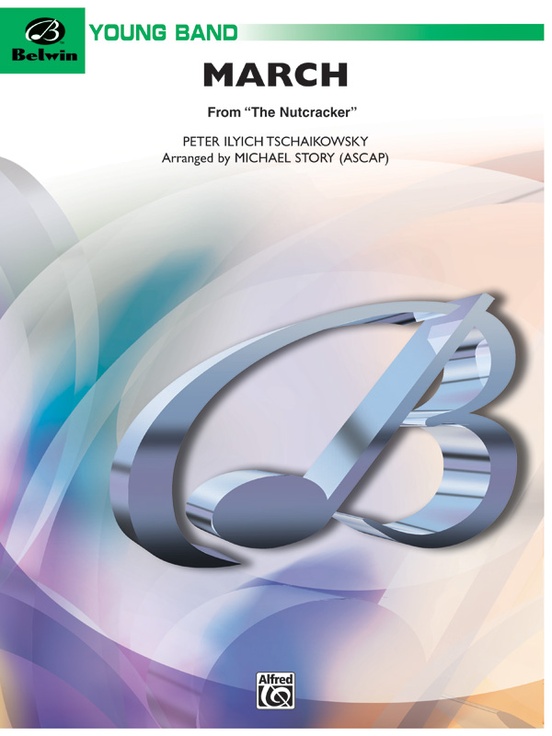 £55.50
£55.50March from - Peter Ilyich Tchaikovsky / arr. Michael Story
The Tchaikovsky ballet, , has in one way or another found its way into the lives of just about everyone. From the dance stage to the concert hall (where the orchestral suite is heard), to radio, television and motion pictures, it lives on and on. The March is one of the most identifiable segments of this monumental work. Audience recognition is immediate, and their acceptance will completely satisfy your young musicians. (duration 2:08)
Estimated dispatch 3-5 working days
-
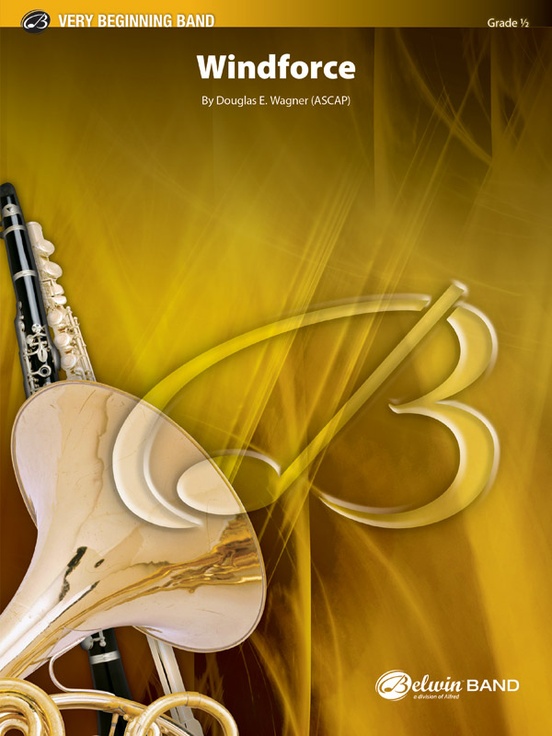 £46.95
£46.95Windforce - Douglas E. Wagner
Wind is one of the most important elemental forces in nature. This original work musically captures that energy with bold melodic lines, expansive harmony, and driving rhythms, climaxing with a dramatic that brings the work to its dramatic conclusion. (2:00)
Estimated dispatch 3-5 working days
-
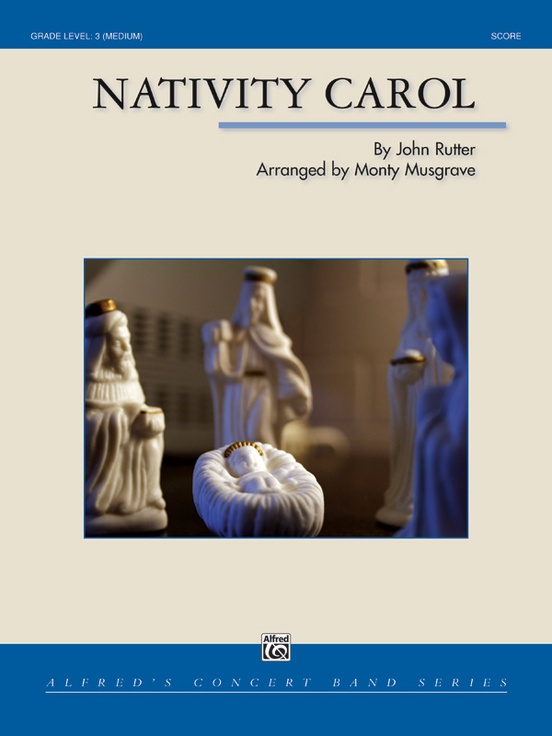 £62.95
£62.95Nativity Carol - John Rutter / arr. Monty Musgrave
John Rutter (b.1945) is one of England's best known composers of choral literature. While his choral works, including "Te Deum," "Magnificat," and "Requiem," are the most familiar, he has also written numerous instrumental works. Rutter composed the "Nativity Carol" for SATB chorus and organ in 1963, and it was published in 1967 as part of a collection entitled . Although the title suggests a seasonal work, its musical richness lends itself favorably for performance at any time of the year. (4:00)
Estimated dispatch 3-5 working days
-
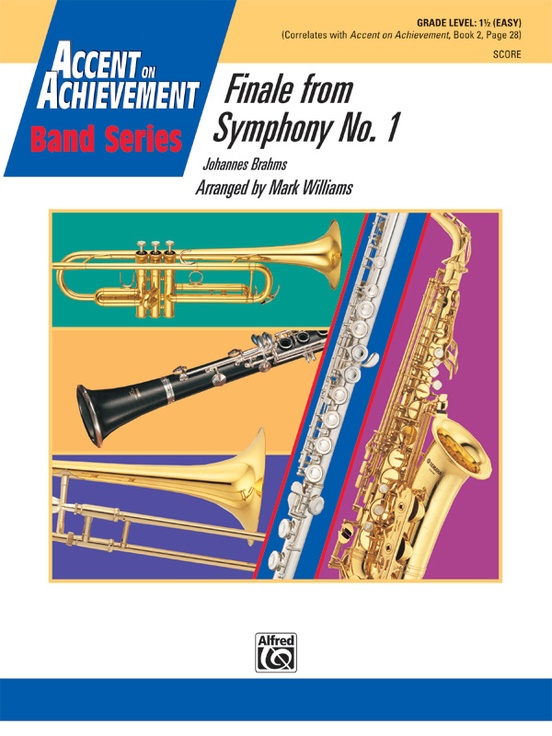 £41.50
£41.50Finale from Brahms's - Johannes Brahms / arr. Mark Williams
This easy arrangement from one of the most popular symphonies of all time remains remarkably faithful to the spirit of the original. Starting with a rousing cut-time intro, it moves through a beautiful chorale section to the famous lyric theme, which leads to its ultimate conclusion in a return of the opening music. A great introduction to the works of Brahms. (2:00) , Book 2, page 28.
Estimated dispatch 3-5 working days
-
 £113.30
£113.30Moderate Dances - Angelo Sormani
This piece is a tribute to dance music, especially passionate, intense and meditative dance music. "Moderate Dances" is divided into three movements: a "Tango", a "Slow Waltz" and a "Bossa Nova". Each movement and each dance has its own particular characteristics but, when combined, these different rhythmic beats and times give the piece a feeling of completeness and uniformity. The Tango started to flourish in the suburbs of Buenos Aires in around 1880. There is still some doubt as to its origins, which may be Cuban (Habanera) but are probably African. It was most popular in Argentina and Brazil: here the male protagonist was originally the "gaucho" with his inseparable guitar, later to be replaced by the proud, elegant "compadre". By around 1910 the Tango had spread to Italy and France. New clubs opened, where the upper classes could watch and dance the Tango. Here the dance also underwent some rapid transformations. The exaggerated and extravagant gestures and body movements disappeared. Slow, gliding steps replaced the old rotational movements. The women's red ankle-boots and the partners "staring into each other's eyes" accentuated the erotic nature and sensuality of this dance. So much so that, in 1913, the German government banned soldiers from dancing the Tango. Those who broke the law were immediately discharged from the army. From a strictly musical perspective, the basic instruments were a flute, a harp (the diatonic harp typically played by the Indians of Paraguay) and a violin, or flute, guitar and violin or even clarinet, guitar and violin. These instruments were easy to transport, ideal for playing at parties, in the streets and in courtyards. The musicians played by ear, frequently improvising: there were no scores, no records, which is the main reason why it is impossible to trace the Tango back to its exact origins. However, the Tango's evolution (and growing popularity) was once again fostered by its fundamental ability to absorb "other" cultures, languages and sounds. And it was the arrival of the "bandoneon" (an accordion-like instrument that was invented in Germany and brought to Rio de la Plata by some immigrant), which replaced the flute, that marked the beginning of the Tango's huge success outside Argentina. A number of talented composers, above all the great Astor Piazzola (1921-1992), transformed the bandoneon from a simple accompanying instrument to a solo instrument that was to become the distinguishing feature of the 20th century Tango. The Slow Waltz originated from the Waltz, the typical dance of the Bavarian and Tyrolese peasants in the 1700s. It was composers like Johann Strauss, father and son, who carried the Waltz to its zenith in the 1800s, creating the sensual and melancholy yet joyful and charming dance we are all familiar with. When the Waltz first became popular in Germany, the members of respectable society were shocked at the closeness of the dancing partners, who had always previously danced apart. The main difference between the Waltz and Slow Waltz is that the latter has a slower, more expressive rhythm: the men wear tails and the women wear ball gowns decorated with beads and feathers and couples dance in graceful rotational movements. "Bossa Nova" is the title of the last movement in the piece. Jobim, the great Brazilian musician, described this musical genre as a combination of modern Jazz and Samba. Bossa Nova means "new wave". This was the name of the artistic and musical movement that evolved in Brazil in the late Fifties and was extremely popular throughout the Sixties. The songs are usually about love or social matters, drawing inspiration from the slums of Rio De Janeiro and the lives of their inhabitants. Bossa Nova, with its original compositions and the artistic talent of its musicians, also became hugely popular in the United States and Europe, and top Jazz musicians (Ella Fitzgerald, Stan Getz, Bob Cooper, Charlie Bird, Sonny Rollins, Dexter Gordon, Dizzy Gillespie) started to include Bossa in their repertoires.
Estimated dispatch 7-14 working days
-
 £94.99
£94.99Beat it - Michael Jackson
Beat It, is one of Michael Jackson's most popular songs, awarded two Grammys for its commercial success. Seen by many as a rock song, Beat It was ranked by Rolling Stone magazine as one of the "100 Greatest Guitar Songs Of All Time." Since its release, the song has been covered and famously reinterpreted by artists such as Fall Out Boy, Fergie and most recently Masamicz Amano, who has made this wonderful arrangement for concert band!
Estimated dispatch 7-14 working days
